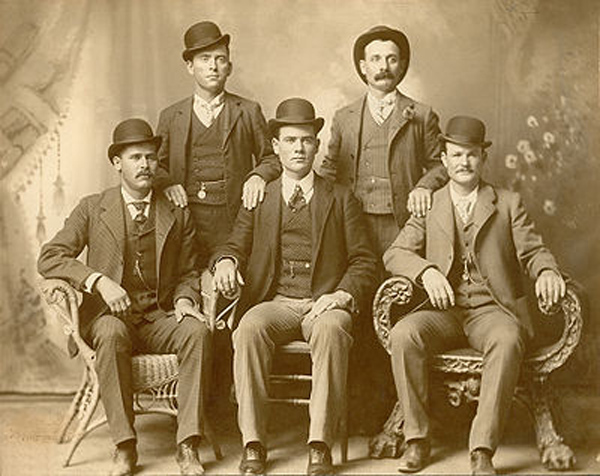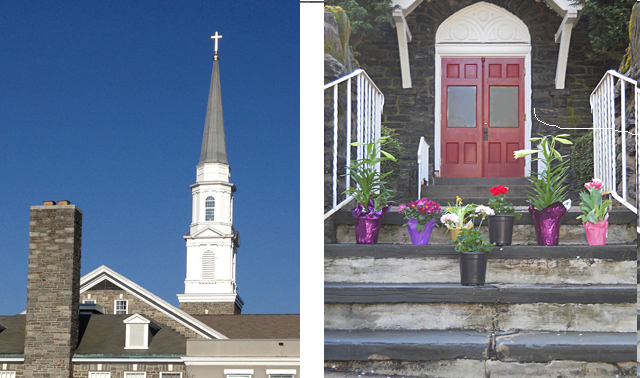 How Will the Church Cope
How Will the Church Cope
in a World with No Boundaries?
Today’s Alban Weekly post points to a major challenge in the church. Rev. Adam Walker Cleaveland gives advice to pastors on how to manage their social media presence when they move from one parish to another.
What will pastors do with all their social media connections when they move from one parish to another?
Well, most of them aren’t very active online, but perhaps that will change.
You’d think the answer might be simple. They do what we all do when we move. Make new friends. Keep the old. Check in at Christmastime.
The few laity who happen across this article might be truly puzzled. They might be surprised to learn that pastors are actually taught to cut off relationships and ties to their past. Be hard-nosed about it. Do not make friends within your parish. Do not communicate with them when you leave. Make a clean break. That relationship you thought you had—it was all business.
Perhaps this is why church leaders so easily advise congregations to grieve and move on when they want to close churches. They have been taught an inhumane approach to ministry.
The practice comes from a day when pastoring was a family business. The spouse (wife) and children were part of parish culture and would follow the pastor (dad) wherever he went. The kids would change schools. The wife would clean and decorate the new parsonage and start attending women’s meetings.
The Church has always been asking for the impossible. The practice has caused more hardship—cruel hardship—than it will ever admit. But it is “the way” of the church—opposite in many ways to what the Church teaches.
But now it is a “way” that is no longer possible. The spouse works (husband or wife). The kids are going to stay connected whether or not the move disrupts their friendships. They didn’t attend those seminary classes that taught the church social order. They are not obligated to take orders.
The practice attempts to make life easier for the next pastor. That’s church culture. The pastor must be able to stand in the pulpit and look across a totally compliant and mindlessly happy congregation. When trouble breaks a congregant’s bubble, he or she must know who to call. No options.
Oh, and that trouble can never involve the pastor.
That’s the system. Like it or leave it.
A lot of people are leaving it!
The view is insulting to laity. We are not putty in pastoral hands, waiting for the next shepherd to dote upon our every need. There is trust and a regard, but not a total dependency.
This view fuels church conflict. When disagreements arise, the pastors must hang on to authority at every cost. It is the laity’s role to “give.”
Pastoral relationships often depend on dependency.
Dependency depends upon weakness.
And so the Church as an influence in our culture grows weaker.
Here in Southeast Pennsylvania in the ELCA, we’ve seen our entire denomination fostering dependence. We come from a tradition that honors the contributions of both laity and clergy as equals. That’s the theory anyway.
Reality: Congregations are expected to comply with synodical wishes. If they don’t, the laity are labeled. Disrespectful. Adversarial. Resistant. We need only question. We don’t even have to disagree!
This synodical view is bound to trickle down. If a bishop expects compliance, so too can a pastor.
All these decades or centuries of fostering dependent relationships are now rising up, gathering the force of a tsunami.
The tsunami called Social Media.
Pastor Cleaveland admits that Social Media is not a fad. It must be reckoned with. In typical pastoral thinking, he gives a “to do” list to keep things “under control.”
Odd. The power of Social Media to influence and expand the work of the church is enormous, and pastors focus on how it affects THEM.
- Break your Social Media connections into lists that you can control.
- Be sparing about your “likes.” Make sure there is a way for to disconnect from the people you were once eager to please. Find a gentle way to “unfriend” them. (The dangers of the “like” culture of social media are why we recommend blogging to Facebook, etc., by the way.)
- Remember, this is for their own good. You are helping them grieve the loss of your influence in their lives.
Narcissistic? Just a little!
Really, pastors. It is quite simple to explain to your parish that you love them and will always love them. If there were problems, apologize. Mean it. Tell them that you will check into the church website from time to time. Let it go at that.
Don’t tell them that the reason you don’t “like” them anymore is because you are being paid to “like” someone else now.
All those needy people you are leaving behind will find others to love them and to love. It may be the new pastor. It may not! You won’t be able to control that.
Love is like that. You can’t corral it as much as the Church might try.




